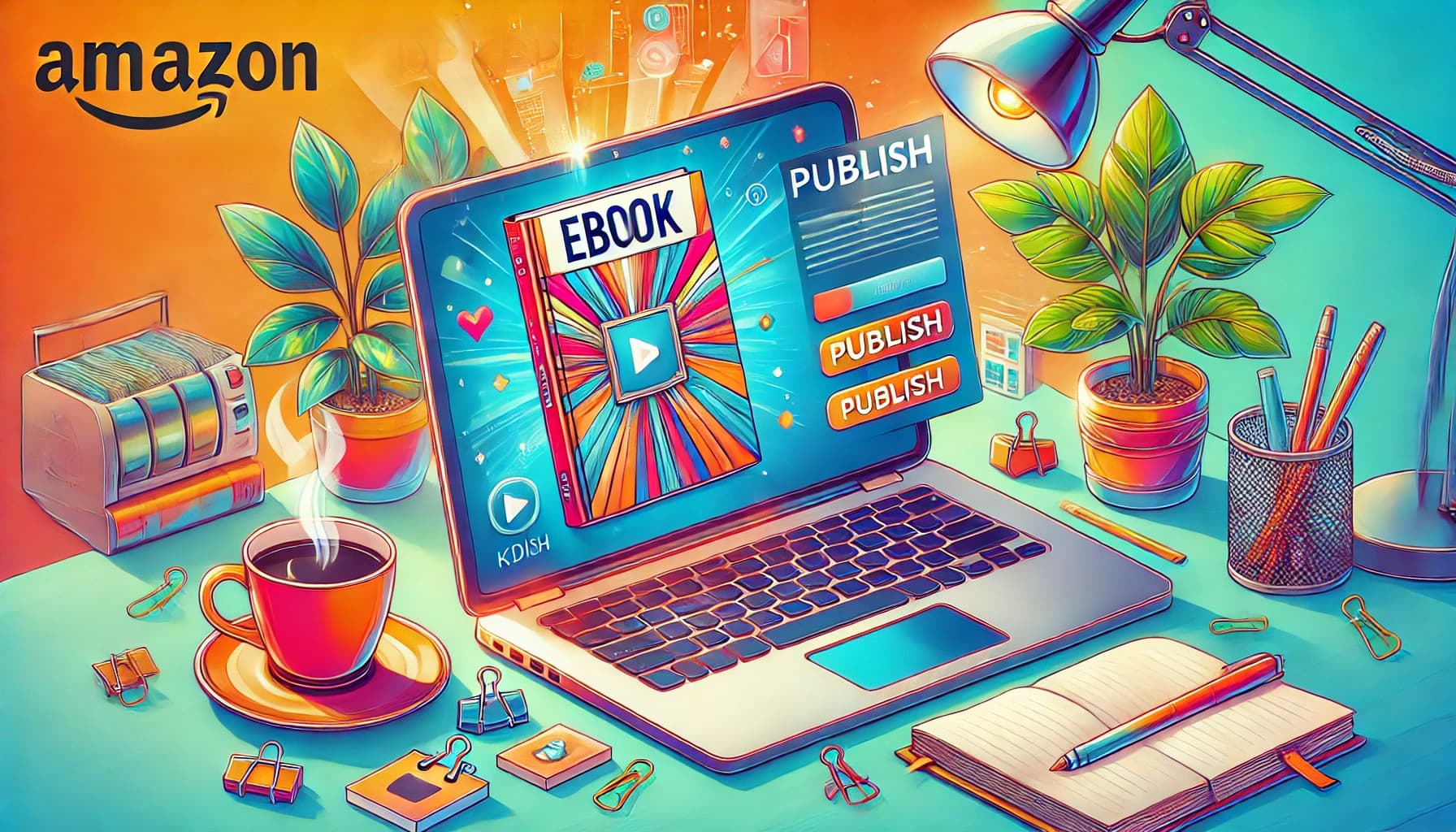Table of Contents
If you’re concerned about the environmental impact of printing books, you’re not alone. Many readers and publishers want to make greener choices but aren't sure where to start. Keep reading, and I’ll show you simple ways to print books that help protect the planet, without sacrificing quality or style. From using eco-friendly materials to choosing sustainable printing methods, there are plenty of practical steps you can take to make your book printing more earth-friendly.
Key Takeaways
Key Takeaways
- Using digital printing reduces waste by only producing the copies needed, cutting up to 90% of waste compared to traditional methods.
- Choose recycled or FSC-certified papers to support responsible forest management and lessen environmental impact.
- Switch to soy-based or vegetable-based inks, which are biodegradable and produce fewer harmful emissions during printing.
- Waterless offset printing cuts water and chemical use, making the process cleaner and more eco-friendly.
- Highlighting your sustainability steps in marketing can attract eco-conscious buyers and build trust.
- Partner with local or sustainable logistics providers to lower transportation emissions, and consider offering carbon-neutral shipping options.
- Adopt digital tools for design and proofing to minimize physical materials and speed up production.
- Recycle defective prints and leftover materials through circular economy practices to reduce waste and lower resource use.
- Stay informed about new eco-friendly technologies and certifications, and keep improving your printing habits over time.

Eco-friendly book printing means using sustainable practices that minimize environmental harm while producing high-quality books. It involves choosing eco-conscious materials and employing innovative printing techniques to reduce waste, conserve resources, and avoid harmful chemicals.
One of the main goals is to cut down on waste and lessen the carbon footprint of printing. Digital printing, for example, reduces waste by printing only the copies that are actually needed, eliminating excess and overproduction. In fact, digital methods can generate up to 90% less waste compared to traditional printing, which helps not only the environment but also saves money and time.
Using recycled and responsibly sourced papers is another key step. Library-sized stacks of data show that about 59% of book printing materials in 2025 will be FSC-certified or made from recycled paper. FSC certification safeguards over 226 million acres of forests worldwide, proving that your book is supporting responsible forest management. Choosing paper from forests that follow strict environmental and social standards ensures forests are preserved for future generations.
Sustainability isn’t just about materials; the inks used matter too. Soy-based and vegetable-based inks are biodegradable and produce fewer emissions during printing. In addition, they are often safer for workers and better for the environment compared to traditional petroleum-based inks.
Eco-conscious printers now also opt for waterless offset printing, which ditches water in favor of dry printing plates. This method reduces water consumption and chemical waste significantly, making the process cleaner and greener.
Today’s consumers are increasingly scrutinizing the environmental impact of their purchases. Studies show that 78% of buyers care about a company’s sustainability efforts, and 63% have changed buying habits to favor greener products. When you choose eco-friendly printing, you’re not only doing good for the planet but also appealing to a growing market that values sustainability.
If you're interested in a more detailed and practical guide on how to make your printing process as green as possible, exploring how to publish a book without an agent can give you insights into smarter, eco-conscious publishing options.

Step 9: Incorporate Circular Economy Practices in Publishing
Moving towards a circular economy means rethinking how we handle materials and waste in book printing.
Recycling defective copies and trimmings helps keep materials in use longer instead of tossing them away.
Some printers remanufacture printing plates or repurpose leftover paper, reducing the need for virgin resources.
Choosing printers that practice electronics recycling and equipment remanufacturing can cut down on e-waste.
This approach not only minimizes environmental impact but can often lower costs and improve brand image.
Look for print shops that openly share their waste reduction policies and participate in sustainable industry initiatives.
Step 10: Utilize Digital and Cloud Tools to Minimize Physical Waste
Using digital tools for design, proofing, and collaboration reduces the need for multiple print runs.
Cloud-based storage ensures corrections and edits are centralized, eliminating unnecessary printing of drafts.
By reviewing digital proofs, you reduce paper waste and decrease the chance of costly reprints later on.
Many eco-conscious printers also offer online ordering and invoicing, decreasing paper and energy use associated with traditional processes.
Implementing digital workflows not only saves resources but can also speed up your publishing schedule.
For extra savings, consider reusing digital assets like templates or previous cover designs to avoid reinventing the wheel.
Step 11: Offset Transportation and Shipping Emissions
Transporting books over long distances adds significantly to the overall carbon footprint.
You can reduce this impact by choosing local printers or consolidating orders to lower the number of shipments.
Opt for shipping options that offer carbon-neutral or offset services to balance emissions produced during transportation.
Companies like (https://www.dhl.com/global-en/about-dhl/sustainability.html) and (https://about.fedex.com/sustainability/) now offer these kinds of green shipping solutions.
Working with a printer that delivers through sustainable logistics providers can make your entire process greener.
Additionally, encourage customers to select eco-friendly shipping options when ordering your books online.
Step 12: Promote Your Eco-Friendly Book to Attract Conscious Consumers
Highlighting your sustainable production methods can set your book apart in a crowded marketplace.
Use your book’s packaging, website, and social media to share your eco-conscious choices and certifications.
Consumers—especially younger ones—care about the story behind the product and want to support green products.
You might include a dedicated section or badge on your book cover indicating your eco practices, like FSC certification or soy-based inks.
This transparency helps build trust and can even motivate buyers to choose your book over less eco-friendly options.
Partnering with eco-focused blogs or review sites can further boost your visibility among green-minded audiences.
Step 13: Stay Informed and Keep Improving Your Sustainability Practices
The world of sustainable printing keeps evolving, so it helps to keep up with new technologies and standards.
Subscribe to industry newsletters and participate in eco-friendly publishing forums for the latest updates.
Attend workshops or webinars on sustainable publishing to learn about emerging best practices.
Working with a printing partner that continually seeks eco-certifications and invests in greener equipment can keep your process current.
Testing new materials, such as biodegradable laminates or eco-friendly coatings, can also add to your sustainability efforts.
Remember, small improvements over time can lead to a significantly greener print process.
FAQs
Eco-friendly book printing minimizes environmental impact by reducing waste, conserving resources, and avoiding harmful chemicals during the manufacturing process.
Use recycled or FSC-certified papers, soy or vegetable-based inks, and water-based or biodegradable adhesives to reduce environmental impact.
Digital printing, print-on-demand, and waterless offset printing are options that generate less waste and use less energy compared to traditional methods.
Choose bindings like saddle stitch or Smyth sewn that use less glue, and opt for water-based or biodegradable adhesives to reduce chemical use.



